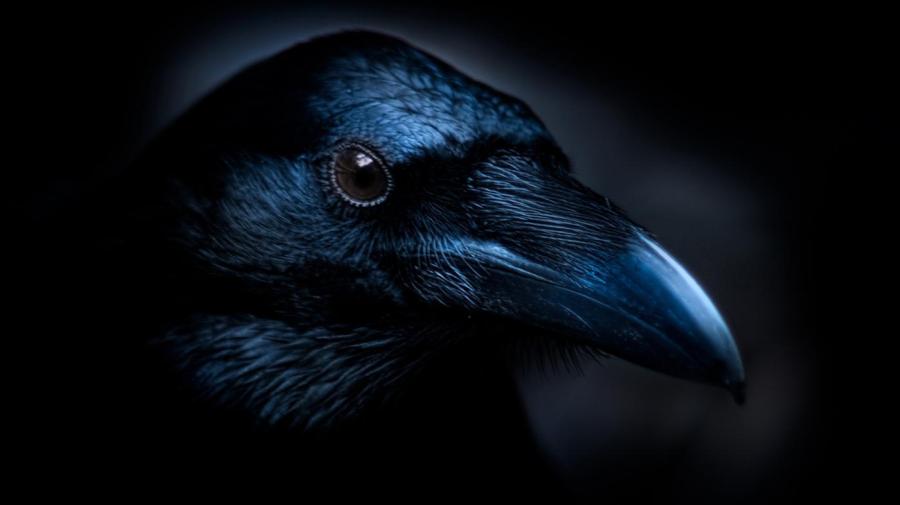What Are the Main Themes of Edgar Allan Poe’s Poem “The Raven”?

The main themes of Edgar Allan Poe’s narrative poem “The Raven” are undying devotion, loss and the lingering grief that cannot be diminished. The poem’s narrator, a young man and presumably a student, is mourning the death of his lover, Lenore. Despite his attempts to lessen his grief through his studies and his pondering “many a quaint and curious volume of forgotten lore,” he is wrenched back to his sorrow by a talking raven who repeatedly utters the famous refrain “nevermore,” a painful reference to the fact that the narrator will never again be reunited with his beloved Lenore.
In Poe’s own words, he decided upon the raven as the poem’s primary symbol, because it represented “Mournful and Never-ending Remembrance.” The raven further instigates the grieving young man’s distress and helps push him further down the path towards what the reader expects will eventually end in madness. By the end of the poem, the narrator appears to realize that the raven is actually his own grief-imprisoned and tortured soul.
“The Raven” first appeared in print and with its authorship attributed to Poe, on January 29, 1845, in the New York Evening Mirror. The publication brought Poe a great deal of fame on both sides of the Atlantic, but little financial success. It has since become known as one of the most famous poems ever written.





